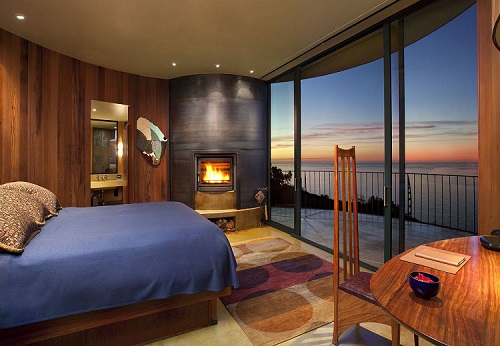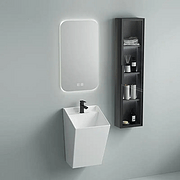
Growth in the supply of U.S. hotel rooms, which has been on a steady upswing since the end of the recession, appears to be tapering off.
According to analysts, bankers are becoming increasingly concerned that the era of positive room demand is nearing an end.
While cities like Nashville, New York, Dallas and Houston continue to substantially boost inventory, growth in the overall U.S. development pipeline slowed to 4% this year, down from the 70% expansion in the previous four years, according to Lodging Econometrics.
There are currently about 5,000 U.S. hotels, totaling some 609,000 hotel rooms, in some stage of development. That compares with the 903,000 rooms under development in the Asia Pacific market, where cities like Shanghai and Seoul continue to attract hotel financing.
More tellingly, the number of U.S. rooms under construction, which had been rising steadily since 2009, is almost unchanged from a year ago, according to STR.
"The numbers are slightly higher, but nothing compared with 2014 and 2015, when the industry really started ramping up, post-recession," said Patrick "J.P." Ford, senior vice president at Lodging Econometrics.
With U.S. room supply growing at about 2% a year, there could be more hotels coming online than there are hotels either reaching development agreements or starting construction. One factor might be the fact that previous cycles of positive lodging demand have lasted about seven years, and bankers are fearing that the current cycle may be reaching that point.
U.S. RevPAR through September rose 2.6% from a year earlier after advancing 3.2% last year, and this year's RevPAR was likely boosted by displaced residents and first responders linked to the hurricanes that struck the southeastern U.S. and Caribbean this summer and fall.
"Hotels are opening up, so the pipeline is sort of draining," said Jan Freitag, senior vice president at STR. "And bankers are saying, 'I'm not sure I can underwrite this [hotel-development loan] at a 1% or 2% RevPAR growth rate.'"
Another challenge is securing workers and materials in the wake of the hurricanes. "It's hard to get construction and labor lined up, especially with the hurricanes hitting Texas and Florida," Freitag said. "There are a lot of contractors being used there to build regular real estate."
The slowdown is a far cry from five years ago, when hotel developers were able to start getting bank approvals and projects that had been long-stalled by the collapse of the financial markets resumed. Between 2012 and 2014, the number of rooms in the U.S. development pipeline surged 35%, to 461,000, according to Lodging Econometrics.
Many of the projects have since come online, though, and U.S. markets such as San Francisco, Orlando, San Diego and Atlanta have seen a near standstill in new room supply.
That said, there are U.S. markets that continue to attract capital for hotel development. Buoyed by the oil and gas market, Dallas has more than 17,000 hotel rooms in some stage of development, while Houston has more than 16,000. And New York, long the most lucrative hotel market in the country, has 181 hotels totaling more than 30,000 rooms under development, according to Lodging Econometrics.
The real outlier, though, is Nashville, where the approximately 5,500 rooms under construction are equal to about 13% of the city's current inventory. Both Ford and Freitag cited factors such as the city's large healthcare base, the music industry, universities and airport routes as reasons for developers' confidence in the market.
"Lastly, it's the bachelorette capital of America, after Vegas," added Freitag, whose company is based about 20 miles northeast of Nashville proper. "You've got to come downtown on a Thursday, Friday or Saturday. It's all bachelorette parties."










Service Hotline
Work Time:Mon-Fri 9:00-18:00
UTC+8

Sinoexpo Digital Platform
Copyright 2006-2024 Shanghai Sinoexpo Informa Markets International Exhibition Co., Ltd. All rights reserved
沪ICP备05034851号-77
 沪公网安备 31010402000543号
沪公网安备 31010402000543号